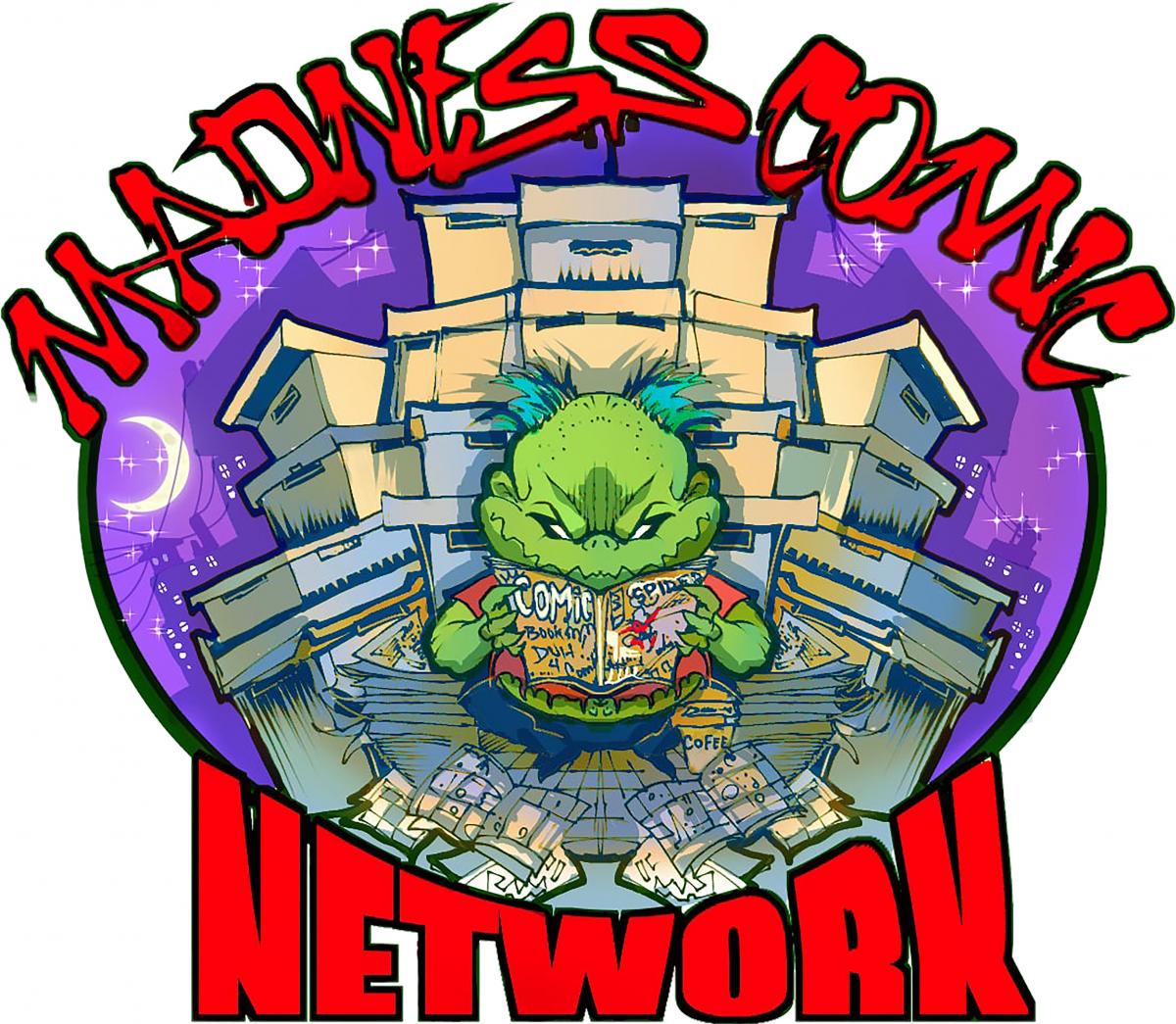You are here
Home › Books › The Day the Internet Finally Passed Me By: The Emoji-to-English Dictionary ›The Day the Internet Finally Passed Me By: The Emoji-to-English Dictionary
FTC Statement: Reviewers are frequently provided by the publisher/production company with a copy of the material being reviewed.The opinions published are solely those of the respective reviewers and may not reflect the opinions of CriticalBlast.com or its management.
As an Amazon Associate, we earn from qualifying purchases. (This is a legal requirement, as apparently some sites advertise for Amazon for free. Yes, that's sarcasm.)

A long time ago, at a PC far, far away (it was an Excel x286, and I sprung for the extra good SVGA card and monitor), I logged into the fledgling cyberspace. In those days you had to have a sheet of paper with the phone numbers for local Bulletin Board Systems and dial into them. If you wanted to go to another one, you had to hang up your connection and dial the next one. Your phone line stayed busy during all this, so the house was peaceful as nobody could call you. There wasn't much in the way of email, but there were lots of discussion boards.
And then came the day things changed. In a simple discussion filled with barbed sarcasm that would become the de facto method of communicating online, I saw two characters.
:)
What's this? Is it part of coding? Is it character scrambling caused by a hiccup in my CRC/Xmodem setting? Did someone pick up the phone in the other room and try to call?
No. No, it was someone's genius way of putting a "smiley face" into the text to indicate the intended emotion. The "/jk" tag was dealt a hard kick to the balls by the thing called the emoticon. It was a new era.
The smiley face, it turned out, could be made with several nuances. It could be a wink. It could stick its tongue out at you. It could wear glasses. It could have devil horns. It could be sad. It could be bemused.
Fast forward to the Internet. Now you can still enter the colon-parenthesis combination, of course -- they're ubiquitous in chatrooms and even business emails. But now you might see them replaced with actual artwork. A Yahoo Messenger session will replace the characters with an actual yellow smiley button. If you're having a business discussion with Microsoft's Lync, and you try to type a bullet list of (a), (b), (c), your partner may ask you what the beer bottle is doing in the middle of your list. We'd gotten fancy.
But I could still handle it.
My first indication that I was driving down the Information Superhighway with my turn signal on was when I saw my first emoji. This was far more complex than an emoticon, more detailed than a button. This was full-on artwork, sometimes featuring caricatures of celebrities expressing different, nuanced emotions, as well as other everyday objects that could be used not to just enhance a message, but often to be the message itself. It wasn't enough to read the text now. You had to play a round of Jack Barry's CONCENTRATION and solve the rebus puzzle. Like this one:

Up All Night To Get Lucky
I don't know when I'd ever use that in a message, but it's out there. It's the new way of communicating, God help us all. But if God isn't inclined to bless you with instant emoji-lalia, there's another option for you: THE EMOJI-TO-ENGLISH DICTIONARY from Adams Media. 125 pages of emoji phrases are here for you to ponder, puzzle over, and even promulgate (should you wish to look cool to your young friends, or befuddle your older ones).
I don't know where one gets emojis to employ them, and I'm not sure I'm someone who really needs them. But I do like word picture puzzles, and this is pretty much the same thing. Admittedly, I didn't understand some even after they were explained. (We made a game of it here, and covered the meanings to see who could figure things out without the translation; we failed miserably.) But if you are someone who engaged in emoji-speak, and you want to step up your game, then this is your master cheat sheet.


